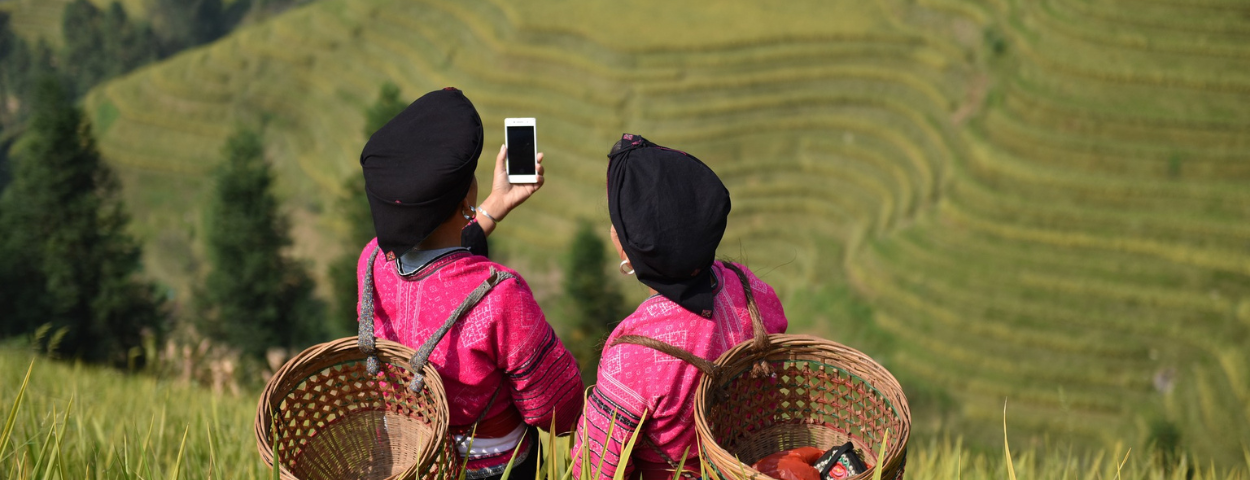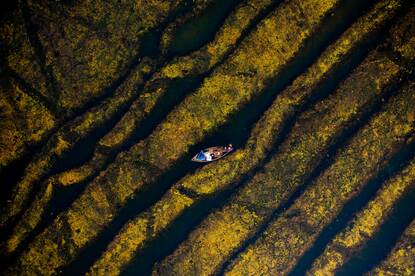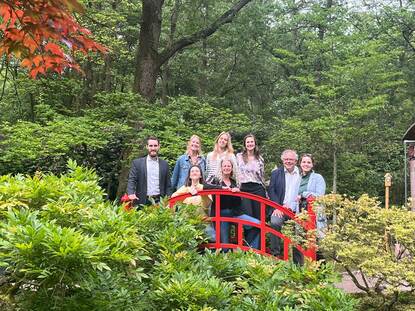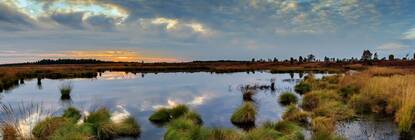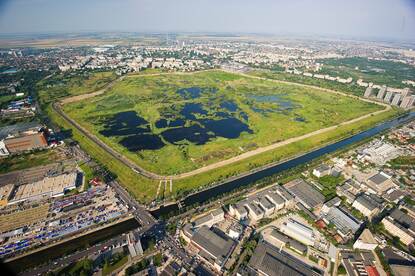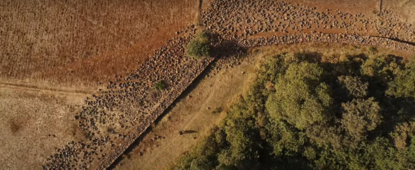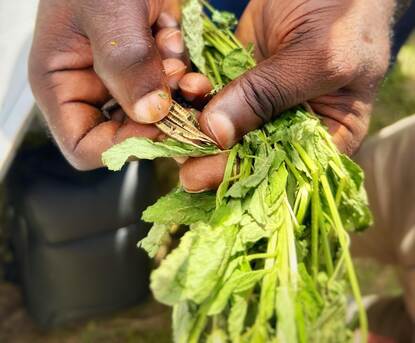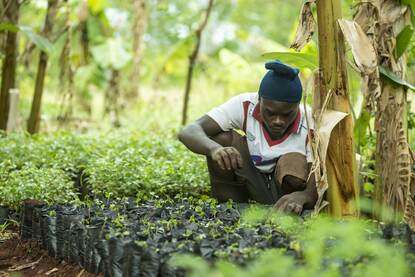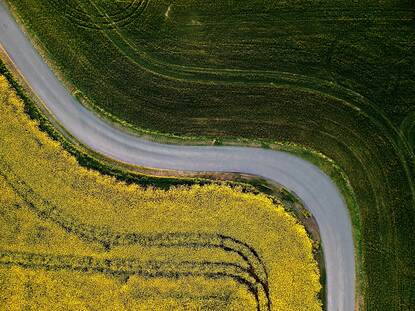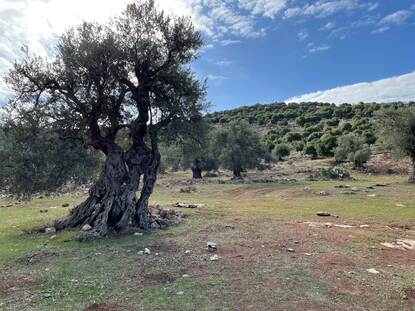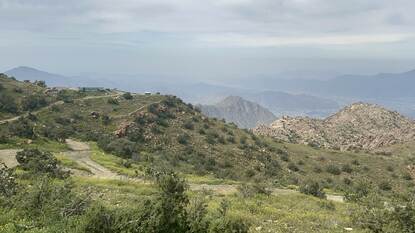Foto Canva
China’s commitment to sustainable development is increasingly gaining international recognition. In particular, the country’s role in hosting the 2021 COP15 summit underscored its dedication to advancing the Post-2020 Global Biodiversity Framework. The Netherlands, known for its pioneering work in sustainable agriculture and environmental management, has found fertile ground for collaboration with China on biodiversity conservation. This cooperation, particularly in areas like eco-agriculture and water management, offers both countries the opportunity to address environmental challenges while advancing global biodiversity goals.
China has taken on an increasingly important role in global biodiversity conservation, demonstrated by hosting the Convention on Biological Diversity’s Conference of the Parties (COP15). Held in Kunming in 2021, the event saw global leaders adopt the Post-2020 Global Biodiversity Framework, which includes the ambitious 30x30 plan; to protect 30% of the world’s terrestrial and marine environments by 2030 (CBD, 2021). A key instrument for realizing the Framework's targets is the development and submission of National Biodiversity Strategies and Action Plans (NBSAPs). To date, about 10 countries, including China, have submitted NBSAPs that align with the Framework's goals ahead of COP16.
During COP15, China played a crucial role in advancing biodiversity conservation. The Kunming Declaration, a major outcome of the conference, highlighted the collective responsibility of nations to combat climate change and biodiversity loss. China made substantial commitments, including the creation of the Kunming Biodiversity Fund with an initial contribution of 1.5 billion renminbi (approx. 190 million euro) in 2021, to assist developing countries in their biodiversity efforts (CBD, 2021). Beyond financial contributions, China was instrumental in pushing through several resolutions, addressing issues from endangered species protection to improved ecosystem management (CBD, 2021).
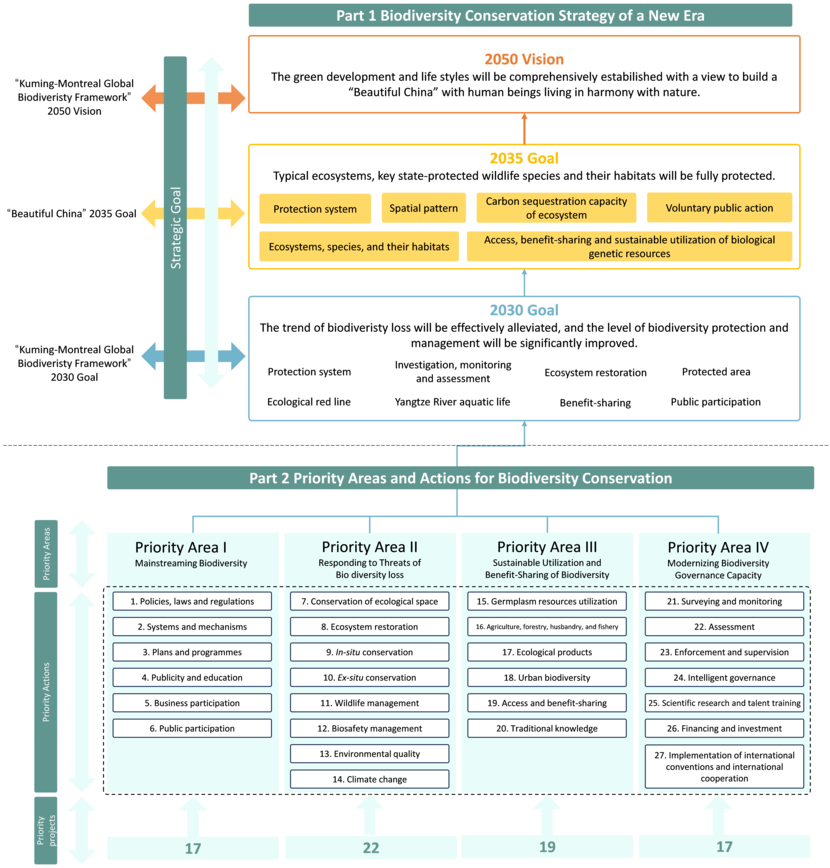
China’s commitment to integrated protection
China’s varied terrain and climates fosters unique ecosystems and a wealth of species. According to China’s National Biodiversity Strategy and Plan (NSBAP) 2023-2030, the country has approximately 231 million hectares of forests, representing a forest coverage rate of 24%, and 265 million hectares of grasslands with a vegetation coverage of 50%. Wetlands cover 56.35 million hectares, and there are 45,203 rivers, each with a watershed area of 5,000 hectares or more.
The country is also home to 135,061 known species, including 65,362 animal species (such as 694 mammals, 1,445 birds, 626 reptiles, 629 amphibians, 5,082 fish, and 56,886 insects and other invertebrates) and 39,539 plant species, including 35,741 vascular plants. This rich biodiversity underscores China’s pivotal role in global conservation.
China is committed to the integrated protection and systematic governance of mountains, rivers, forests, farmland, lakes, grasslands, and desert. One of the outstanding achievements in biodiversity conservation is implementation of the ten-year fishing ban on the Yangtze River in 2021. Today, rare aquatic species, such as the Yangtze finless porpoise, have begun to recover, and in Dongting Lake, the number of observed aquatic species increased by 30 in 2021 compared to 2018.
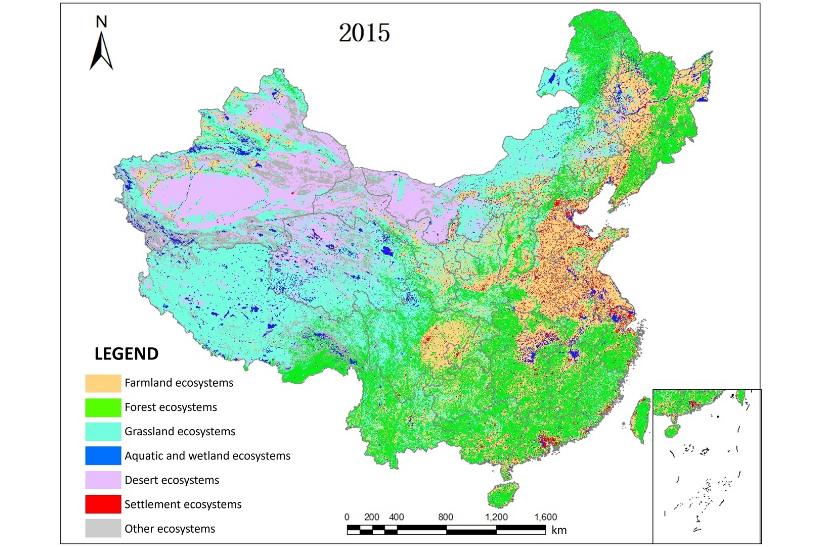
A win-win case of economic benefit and biodiversity conservation
In biodiversity conservation, pollinators play a vital role. These essential creatures help maintain ecosystems by contributing to plant reproduction, which forms the foundation of food chains. A notable example from Wufeng Tujia Autonomous County in Hubei Province shows how restoring local pollinators, specifically the Chinese honeybee, can bring economic benefits to local households. This native species, known for its olfactory sensitivity, cold tolerance, adaptability to diverse climates, and low feeding costs, was once endangered due to the introduction of non-native honeybees in the 1930s (Wang, 2021).
Since 2015, Wufeng has initiated efforts to reverse this decline, including establishing a honeybee cultural town and demonstration-base, and promoting industrial breeding. As a result, Wufeng has expanded the honeybee population to 70,000 colonies, generating an output value of about 12 million euros. The long-term goal is to increase this to over 300,000 colonies and an output value exceeding 120 million euros (Wang, 2021). Wufeng's innovative approach has earned recognition both domestically and internationally. In 2019, the county was highlighted as one of the "110 Global Poverty Reduction Cases" (Wang, 2021).
Outlook for COP16: challenges in conservation
Some nations face challenges meeting NBSAP submission deadlines. While progress is being made by others, concerns remain about whether all parties will meet the deadlines. China, however, updated its NBSAP 2023-2030 in May 2024, aligning it with the global 30x30 target. This includes restoring 30% of degraded ecosystems and protecting 30% of land and water. China plans to establish nature reserves and national parks covering about 18% of its land and implement ecological protection red lines for 30% of land and marine areas.
Despite these efforts, challenges persist in meeting the 30x30 target due to the need for effective identification and management of Other Effective Area-Based Conservation Measures. Standardized procedures and assessment mechanisms are still developing. China also needs to establish robust monitoring systems and mobilize resources, while facing challenges in technical and financial support. Therefore, international cooperation remains crucial.

Challenges in agricultural biodiversity
China’s latest NBSAP emphasizes the sustainable management of agriculture, forestry, and fisheries (MEE, 2024). However, these sectors face several significant challenges, including climate change, limited available clean water, increasing demand for food and feed, soil salinization, soil health issues, and grassland degradation.
To address these challenges, China is developing a soil health assessment index system that incorporates biodiversity as a key indicator. This initiative includes establishing relevant assessment standards and promoting biodiversity-friendly practices, such as eco-agriculture, through pilot projects. These efforts aim to improve soil health and enhance the sustainability of agricultural production (MEE, 2024). Grassland management was also highlighted in China’s NBSAP due to the increasing number of large-scale dairy farms and the resulting need for roughage as feed.
‘By incorporating Dutch technology and management expertise, China can find more balanced solutions between biodiversity conservation and agricultural development’
Potential for Sino-Dutch cooperation
As China advances its biodiversity conservation strategy, there is significant potential for international cooperation with countries such as the Netherlands. Recent meetings with experts from different institutes working in biodiversity projects of the Chinese Academy of Agricultural Sciences (CAAS) and Chinese Research Academy of Environmental Sciences (CRAES), have shown there are lots of opportunities for further collaboration between the Netherlands and China. Some proposals were elaborated in more detail with discussions on possible partners and mutual funding. For example, the Netherlands Agricultural Network (LAN) team in China and CRAES will organize a Sino-Dutch Biodiversity Seminar aims to exchange insights regarding COP15 conservation practices and the outlook for actions at COP16 in 2024. In addition, CAAS is interested in collaborating with Wageningen University & Research (WUR) on sustainable use of biodiversity and the benefit-sharing of biological genetic resources.
China is eager to cooperate on biodiversity with the Netherlands. With its extensive experience in agriculture, forage management, and environmental protection, the Netherlands can provide valuable support to China to address agricultural salinization and developing sustainable forage management.

Efforts of the LAN team China
The LAN team in China continues actively to explore new areas of cooperation in biodiversity conservation and to lay the foundation for deeper collaboration with the Netherlands in the coming years. In doing so, it will focus on four key areas:
- Mainstreaming biodiversity with the topics: nature-inclusive agriculture, policy and regulatory framework; mutual research; biodiversity awareness-raising and education; and financing and economic significance of nature and biodiversity.
- Sustainable use of biodiversity and benefit-sharing of biological genetic resources between CAAS and WUR.
- Enhancing public-private cooperation and cross-sectoral innovations between China and the Netherlands on biodiversity conservation and ecosystem restoration.
- Exchanging the views of global climate-biodiversity-food systems policy between China and the Netherlands. The LAN team in China team is preparing a workshop with (CRAES) to learn about the NSBAP and to exchange interests in biodiversity conservation in 2024. Meanwhile, the team is in contact with Ministry of Ecology and Environment of China for an official meeting to strength the connection with MEE and to identify potential topics for future collaboration.
Educating the public
The LAN team recognizes that raising awareness and educating the public about biodiversity is essential for mainstreaming. This year, the team organized two film screening events featuring the documentaries Paved Paradise and Bomen op mijn land (Trees on my land), both funded by the Dutch Ministry of Agriculture, Fisheries, Food Security and Nature. These activities aim to enhance public awareness and spark discussions on the significance of nature and biodiversity. Representatives from NGOs and the private sector, along with agricultural counselors, participated in a panel discussion at these film screening events, where they shared insights on the relationship between humans, nature, and agricultural development.
About 180 people from the private sector, research institutes, international organizations, and residents joined these activities. This diverse group of participants fostered meaningful discussions and heightened awareness of nature, biodiversity, and the agri-food supply chain, particularly the global challenge of feeding 10 billion people by 2050 meanwhile protecting our planet.

Vision of the future
Nature-inclusive agriculture is a forward-looking vision for sustainable farming based on resilient food systems and ecosystems in the Netherlands. We are exploring how to integrate nature with agricultural development and supply chains by collaborating with research institutes, international organizations, and the private sector. The combination of the Netherlands’ success in eco-agriculture and sustainable development offers valuable insights for China. The research of Chinese research institutes done in the past years, with involvement of different experts from WUR and other Dutch knowledge institutes, was already a good start of the cooperation.
Building on this, by incorporating Dutch technology and management expertise, China can enhance the sustainability of its agricultural practices and find more balanced solutions between biodiversity conservation and agricultural development. This collaboration not only has the potential to boost China’s agricultural productivity but also contributes to new ideas and models for global biodiversity conservation.
More information
Would you like to know more about sustainable agricultural practices and biodiversity conservation in China? You can visit the country page of China at the website Agroberichtenbuitenland.nl of the Dutch Ministry of Agriculture, Fisheries, Food Security and Nature. You can also send an email to the LAN team in Peking: pek-lvvn@minbuza.nl.
References
- CBD. (2021). Kunming Declaration. Convention on Biological Diversity.
- Ministry of Ecology and Environment of the People's Republic of China (MEE). (2024). China's Biodiversity Conservation Strategy and Action Plan (2023–2030). Retrieved from https://www.mee.gov.cn/ywdt/hjywnews/202401/W020240118377427497957.pdf
- WEF. (2023). Collaborating on agricultural sustainability. World Economic Forum.
- Wang, Z. (2021, September 26). Rural revitalization and the “sweet journey” of biodiversity conservation. China Report. http://news.china.com.cn/txt/2021-09/26/content_77772774.htm
- China News. (2024, May 23). The significance of COP16 is no less than COP15. China News. https://www.163.com/dy/article/J2STHOV70514DTKM.html
